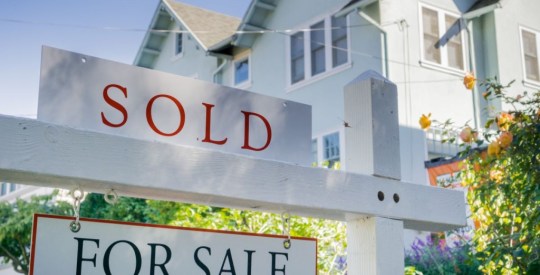If a borrower elects to make voluntary payments on a reverse mortgage’s interest to manage its compounding, there can be positive tax benefits for the borrower who is seeking to manage their retirement finances by the use of home equity through a reverse mortgage. This is according to Shelley Giordano, co-founder of the Academy for Home Equity in Financial Planning at the University of Illinois Urbana-Champaign and of enterprise integration at Mutual of Omaha Mortgage in a new column at The Street.
“As advisors gain knowledge of reverse mortgages, they are inclined to recommend its use to clients whose financial profile is more likely to benefit from a deduction of accrued interest,” Giordano writes. “This increased comfort with recommending a reverse mortgage is confirmed by an Academy survey of financial professionals which verified that greater education and experience levels correlate to the increased use of reverse mortgages.”
Interest is added onto the reverse mortgage loan with no mandatory monthly payments. In order to manage the compounding of interest, a borrower can elect to make voluntary payments on the loan’s interest, and the idea of making payments at certain times and suspending them in others is an idea that is picking up steam among authorities in the financial world, she writes.
“Retirement researcher Wade Pfau […] recommends that the homeowner make voluntary payments but suspend those payments in years that a draw on retirement funds would generate stress on the portfolio,” Giordano writes. “Because there are no payments dictated by the loan terms while the borrower resides in the home, the homeowner is free to decide when and if any payment accommodates his cash flow/portfolio preservation needs.”
That’s not to say that a borrower cannot be served by the accrual of interest, however.
“There may be situations where the homeowner would allow the interest to accumulate for years, and later make a large payment to reduce the loan balance,” she writers. “Simultaneously this would create a sizeable interest deduction. As [Michael] Kitces discusses, to be most efficient, there must be enough taxable income to absorb the deduction. Kitces mentions, as well, that to absorb the interest deduction, the client could elect to take a Roth conversion.”
Making payments on variable rate reverse mortgages can also help the stature of the loan’s standby line of credit, Giordano writes.
“This revolving line is poised for funding future spending shocks, market turbulence, and/or increased longevity,” she writes. “Unlike a conventional home equity line of credit (HELOC), the lender is not permitted to cancel, freeze, or reduce the line. As the homeowner ages, his access to equity is guaranteed to grow at the rate interest is accumulating on what has been borrowed. This growth component of the [reverse mortgage] line of credit continues throughout the life of the loan regardless of the future value of the home.”
Read the article at The Street.



